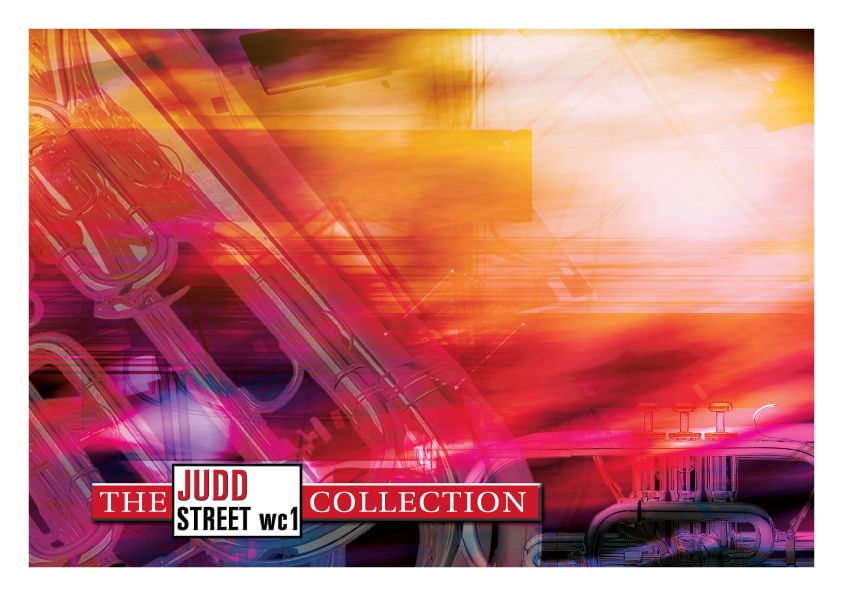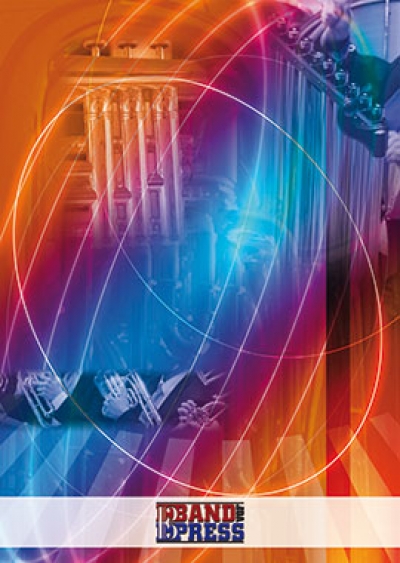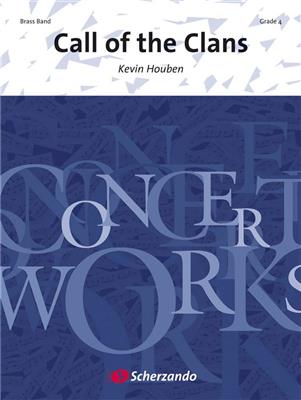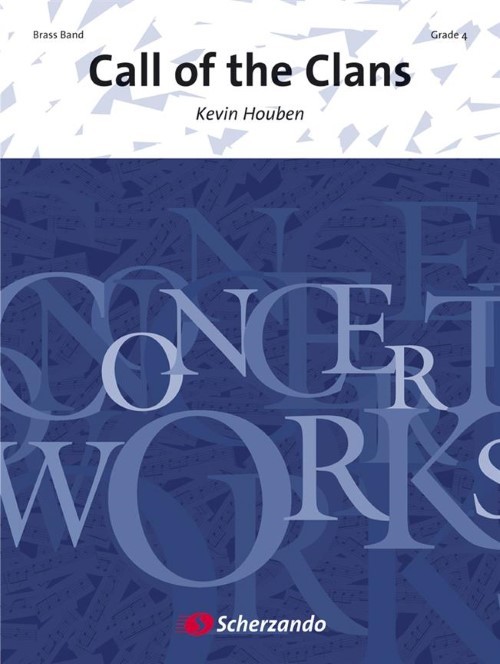We've found 131 matches for your search. Order by
Results
-
 £24.95
£24.95Judd: Wisbech Citadel
This homage to a Salvation Army corps in Cambridgeshire is Albert Gays most popular Salvation Army composition although he wrote several other excellent marches like His Royal Banner and Western Valley. The bass solo quotes a vocal march dating from The Salvation Armys Musical Salvationist 1916; The Call to War.
Estimated dispatch 7-14 working days
-
 £164.00
£164.00Call of the Cossacks - Graham Peter - Vertommen Luc
Estimated dispatch 7-14 working days
-
 £37.20
£37.20 -
 £92.00
£92.00Call Of The East - Bertrand Moren
Estimated dispatch 5-14 working days
-
 £72.90
£72.90Call Of The Chamions - Bertrand Moren
Estimated dispatch 5-14 working days
-
 £76.99
£76.99 -
£74.95
Call of the Cossacks - Peter Graham
Estimated dispatch 5-14 working days
-
 £76.99
£76.99Call of the Clans (Brass Band - Score and Parts) - Houben, Kevin
Duration: 9.30
Estimated dispatch 7-14 working days
-
 £50.90
£50.90CALL, The (Flugel Horn Solo with Brass Band) - Gregson-Williams, Harry - Smith, Sandy
Grade: Easy.
Estimated dispatch 7-14 working days
-
 £26.50
£26.50
